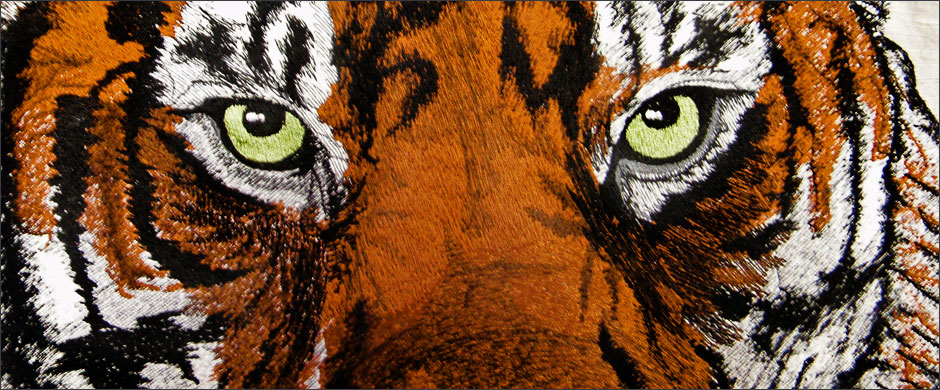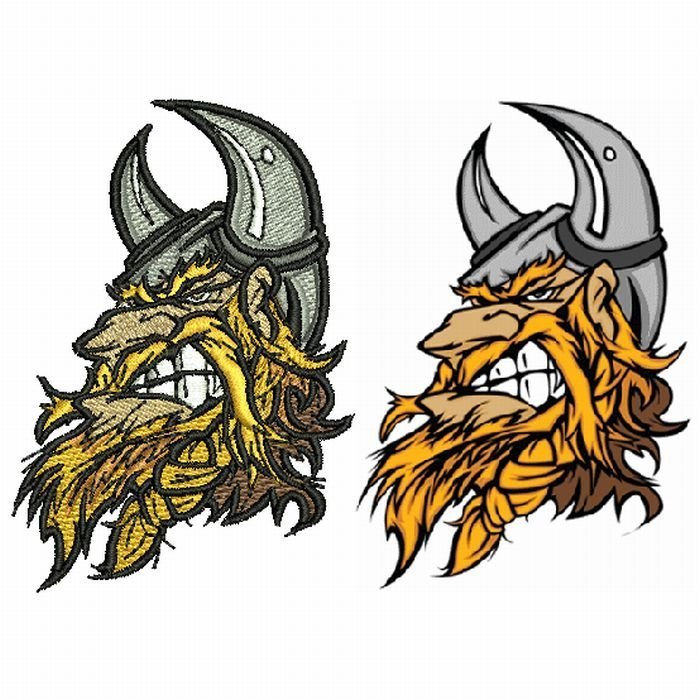Mastering the Embroidery Digitizing Refine: Your Ultimate Guide
Embroidery digitizing is a meticulous craft that needs accuracy and proficiency to convert intricate styles right into digital styles for equipment embroidery. As artisans embark on this trip to grasp the needlework digitizing process, an extensive understanding of the fundamentals sets the foundation for quality.

Understanding Needlework Digitizing Basics
Needlework digitizing basics form the structure whereupon detailed layouts are translated right into machine-readable layouts for specific sewing. This first action in the needlework digitizing procedure is vital for making certain that the last stitched item is a loyal representation of the original design. Comprehending embroidery digitizing fundamentals entails grasping crucial concepts such as stitch types, sew direction, density, underlay, and pull settlement.
Stitch kinds play an important role in figuring out the aesthetic and textural outcome of the embroidered layout. By selecting the appropriate stitch kind, whether it be satin, fill, or running stitch, digitizers can accomplish the preferred result and boost the general top quality of the embroidery. Additionally, sew instructions affects the circulation and measurement of the layout, while density figures out the spacing and insurance coverage of the stitches.
Furthermore, underlay stitching supplies stability to the design by securing the textile and preventing distortion throughout the needlework process. Draw settlement is one more necessary factor to consider to combat the natural propensity of material to agreement when stitched. Mastering these needlework digitizing basics is essential for producing professional-quality embroidered items.
Choosing the Right Digitizing Software Application
Selecting the proper digitizing software is a critical choice that significantly affects the performance and top quality of the needlework digitizing process. Digitizing for Embroidery. When selecting the right digitizing software application, it is essential to take into consideration elements such as the complexity of layouts you intend to create, the user-friendliness of the software application, the level of customer assistance supplied, and the compatibility with your embroidery maker
There are numerous digitizing software program options offered in the market, ranging from fundamental programs for novices to innovative software for professional digitizers. Some prominent selections consist of Wilcom EmbroideryStudio, Hatch Needlework Software, and PulseID. These software supply a variety of tools and functions to aid you create detailed designs easily.
Prior to making a choice, it is advisable to check out the various software alternatives via totally free tests or demos to identify which one finest matches your requirements. Additionally, reading reviews and seeking recommendations from skilled digitizers can supply beneficial understandings right into the strengths and weak points of each software (Digitizing for Embroidery). By very carefully examining your needs and comparing the functions of different digitizing software application, you can make an educated option that improves your needlework digitizing workflow
Digitizing Tools and Techniques

Optimizing Design Settings for Embroidery
Mastering the intricacies of layout setups is essential in attaining ideal outcomes in the needlework digitizing procedure, structure upon the foundation laid by recognizing digitizing tools and strategies. When enhancing style setups for embroidery, it is essential to take into consideration factors such as stitch kind, density, rug, draw compensation, and registration. Enrollment settings line up various elements of the design precisely, keeping overall style stability.

Troubleshooting Common Digitizing Issues
When experiencing usual digitizing issues throughout the embroidery process, it is necessary to comprehend the origin and execute reliable solutions immediately. One usual problem is stitch density problems, where stitches might be too dense, triggering the textile to pucker, or as well thin, resulting in spaces in the layout. Readjusting the stitch density settings in the digitizing software application can aid resolve this problem.
An additional frequent difficulty is string breaks throughout the embroidery process. This can happen because of various click resources factors such as wrong stress setups, dull needles, or using low-quality thread. Making sure correct upkeep of the needlework equipment, consisting of regular needle changes and tension modifications, can decrease the occurrence of thread breaks.
Additionally, layout enrollment errors can result in misaligned elements within the needlework design. Examining the design alignment in the digitizing software and making essential changes prior to sewing can help in avoiding this problem. By addressing these typical digitizing concerns immediately and successfully, you can make certain a smoother needlework process and top notch completed products.
Conclusion
In conclusion, understanding the needlework digitizing read review process requires a strong understanding of the essentials, the right selection of software application, and understanding of tools and strategies. Enhancing style settings and repairing typical digitizing issues are essential actions in making sure premium embroidery outcomes. By complying with these steps diligently, one can attain accuracy and efficiency in the digitizing procedure.